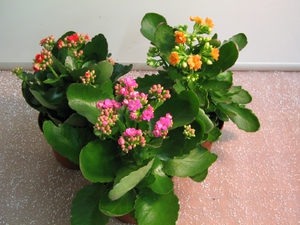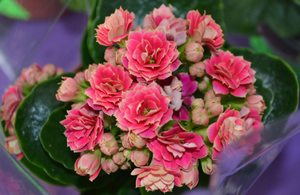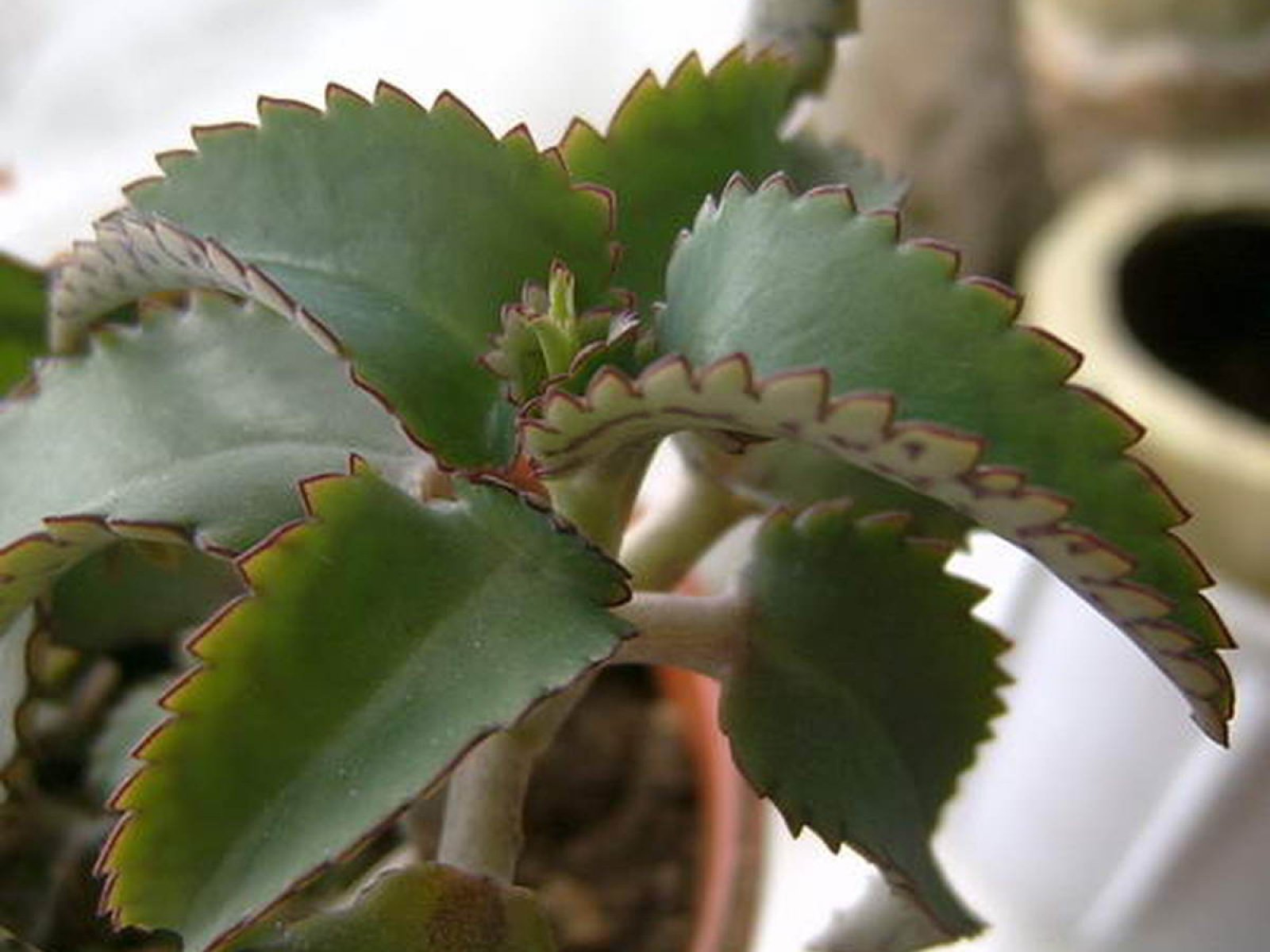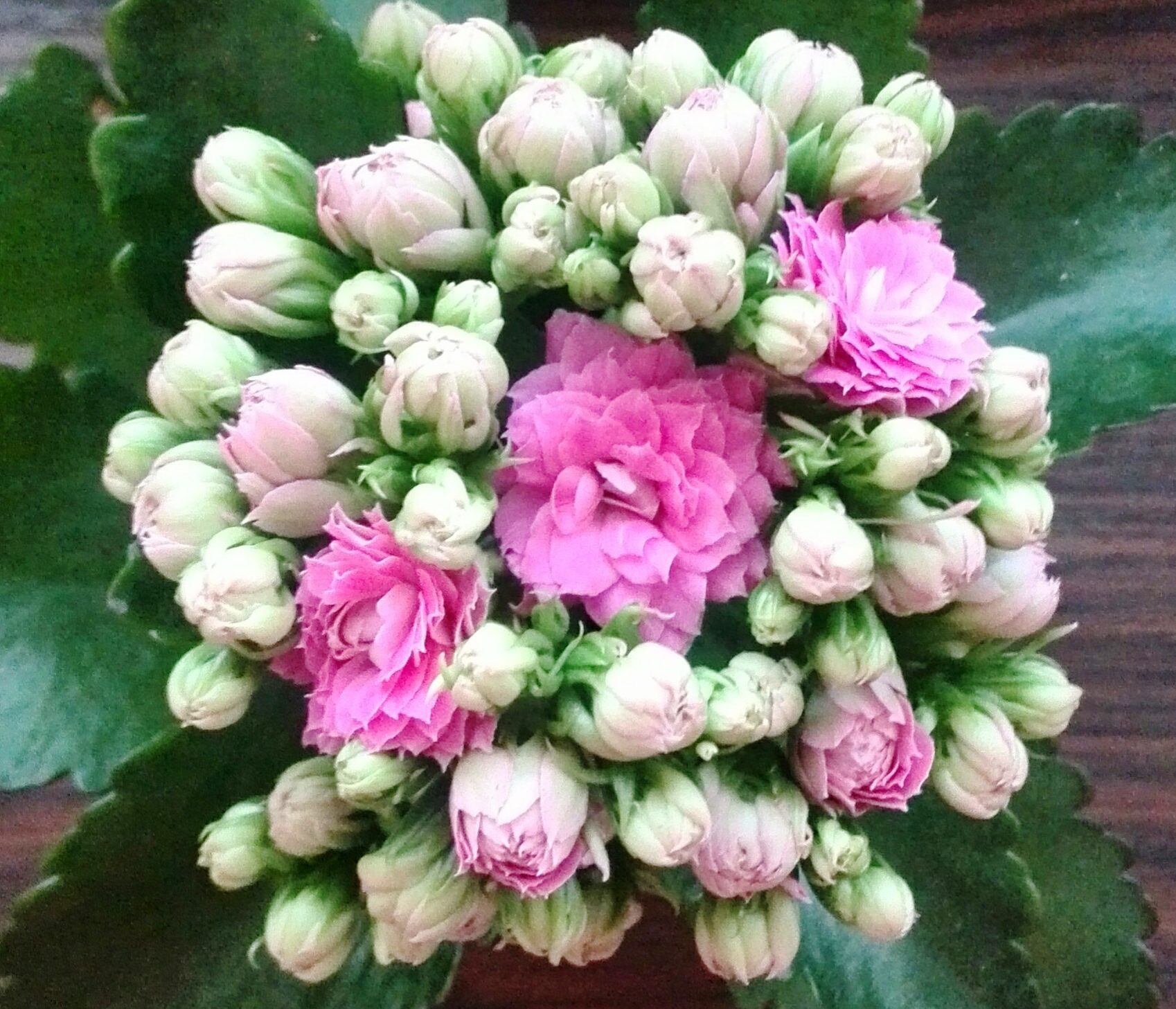In almost every apartment you can find such a flower as the Kalanchoe, which many use for decorative and medicinal purposes. This is a rather unpretentious plant, which is easy to care for at home, but for this you must adhere to certain rules. Only in this case, the Kalanchoe will delight its owner with bright pink flowers, but its flowering period is not too long.
In this article we will try to figure out how to care for the Kalanchoe at home, so that it decorates an apartment or house for as long as possible.
Plant features
The birthplace of this flower is Madagascar island, but it can be found almost throughout Asia. It grows well both in greenhouses and at home. This plant belongs to the jumbo family. With thick stems and leaves, it is able to accumulate moisture and do without watering for a long time. The thin film on them prevents evaporation. All these points should be considered when caring for this decorative creature.
Kalanchoe: home care
The principles of care are as follows:
 regular watering;
regular watering;- necessary lighting and temperature conditions;
- transfer;
- correct feeding;
- protection from disease.
Below we will take a closer look at each of these principles.
Watering
The flowering plant does not have any serious watering requirements, even prefers slight drought... Of course, in hot weather, Kalanchoe needs to be watered as often as possible, but in winter, the frequency of watering is reduced to once every two weeks. It should be remembered that stagnant moisture contributes to the appearance of rot, which can even destroy the plant.
It will be better if the flower pot contains, in addition to soil, drainage, which will keep the soil in optimal condition. Watering plants is carried out not only from above, but also in the pallet.
Lighting and temperature control
Flower care includes proper lighting and proper temperature conditions. Unlike most houseplants, the flowering Kalanchoe loves direct sunlight. In winter, he prefers to be at rest and is transferred from a sunny window to a darkened one.
Surprisingly, for the plant to start blooming, it is necessary reduce the length of daylight hours... Under natural conditions, this happens with the onset of winter, therefore, Kalanchoe begins to bloom in the cold period. If the florist wants this to happen at another time of the year, it is necessary to artificially reduce the daylight hours to 10 hours. To do this, you can put a tight bag on the pot or put it in the closet at a certain evening time and take it back in the morning.
An important point in the care is the temperature regime, which also differs in summer and winter. In warm weather, the flower can be in a room with a temperature of +18 to +28 degrees, and in winter it easily tolerates cooler conditions with a temperature of +10 to +16 degrees. The decorative Kalanchoe even likes an insulated loggia or balcony.
Kalanchoe transplant
For a comfortable stay at home, this plant need to transplant, since its root system grows very quickly.This should be done in April-May, during the intensive growth of the flower. The duration of daylight hours should be 12 hours and, if necessary, create additional lighting.
For transplanting, a new pot is used, which should be much wider than the previous one, and the composition of the earth should remain the same. The flower should be removed from the container very carefully so as not to accidentally damage the earthen ball.
Blooming Kalanchoe does not impose special requirements on the quality of the soil, therefore it can be perfectly located in both dense and loose soil... It's good to add some more sand. When preparing the soil for transplanting a flower at home, it should be disinfected.
Top dressing
In order for the Kalanchoe to bloom magnificently and beautifully, it is necessary to fertilize it correctly and in a timely manner. This must be done once a month. It is best to feed the plant with fertilizer for succulents, but the use of complex additives guarantees abundant flowering.
Fertilizer is applied very carefully, since an excess amount of feed contributes to the abundant growth of green mass, but flowers can not be expected. It is best to add half of the norm indicated on the package.
Disease protection
 Kalanchoe care at home includes protecting it from various diseases... Although this happens quite rarely, you should be prepared for anything.
Kalanchoe care at home includes protecting it from various diseases... Although this happens quite rarely, you should be prepared for anything.
If the leaves of the plant are covered with white, gray or brown spots, this indicates that a change in care is required. For example, stains occur due to excessive moisture in the soil, so the moisture intake should be reduced. Excessive fertilizing can also affect their formation, in which case the use of fertilizers is stopped or the soil is changed.
Often indoor flowers are attacked by aphids, because of which the leaves begin to turn yellow and fall off. To cure the plant, the affected areas are cut off and treated with a preparation for these insects or soapy water.
Reproduction methods
Kalanchoe care includes its reproduction. This plant can also be purchased at a flower shop, but it often happens that after purchasing it begins to wither and ache... The easiest way is to breed it yourself, and you can do this in different ways:
- by dividing a large bush;
- rooting the cuttings;
- planting a separate sheet;
- sowing seeds.
At home, a large bush is divided in the event that it is necessary to refresh it. But the divided flower may not take root or will take a long time to recover.
The simplest and most common way of propagation is considered to be rooting of the cuttings. The roots of the small stem form very quickly, which allows it to easily take root in a new pot. After about a month, the bush becomes very lush.
From the parent plant, you can pinch off not only the stalk, but also the leaf. It takes root just as quickly as the stalk, only reaches the desired size in a year.
At home, this decorative flower is propagated using seeds, which are very small in such a plant that makes it difficult to land... They lay them on the surface of the soil, slightly pressing into it, but in no case sprinkling them. Then the pot is covered with glass or a plastic bag. To create comfortable conditions for seed germination, they make diffused sunlight, carry out small airings and put the container in a warm place. After seed germination, glass or a bag is removed, and the pot is placed in a sunny place.
Pruning
 Is it necessary to prune Kalanchoe during flowering? Only if pests attacked him or the flower got sick. This is done very simply - diseased areas are cut at the junction with healthy ones.
Is it necessary to prune Kalanchoe during flowering? Only if pests attacked him or the flower got sick. This is done very simply - diseased areas are cut at the junction with healthy ones.
Since flowering greatly weakens the plant, it is necessary give him rest periods... For this, the following activities are carried out:
- cut off all peduncles;
- the pot is placed in a cool shade;
- the plant is not watered for about 1.5 months.
After a dormant period, the Kalanchoe is returned to its usual place and fertilized.
Topping
Does Kalanchoe need pinching? The fact is that the plant often does not bloom again. The problem may lie in the thinning of the shoots due to poor intake of minerals. This can lead to their complete drying out. That is why pinching Kalanchoe.
You can pinch off weak shoots with anything, but you need to do it slowly and very carefully. If this happens, the wound is cured by sprinkling it with charcoal or ash.
Thus, we figured out what a Kalanchoe is, caring for which at home does not cause any difficulties. This plant can do fine for a long time without much care at the expense of its own reserves, but in this case it will not be as lush and healthy.


